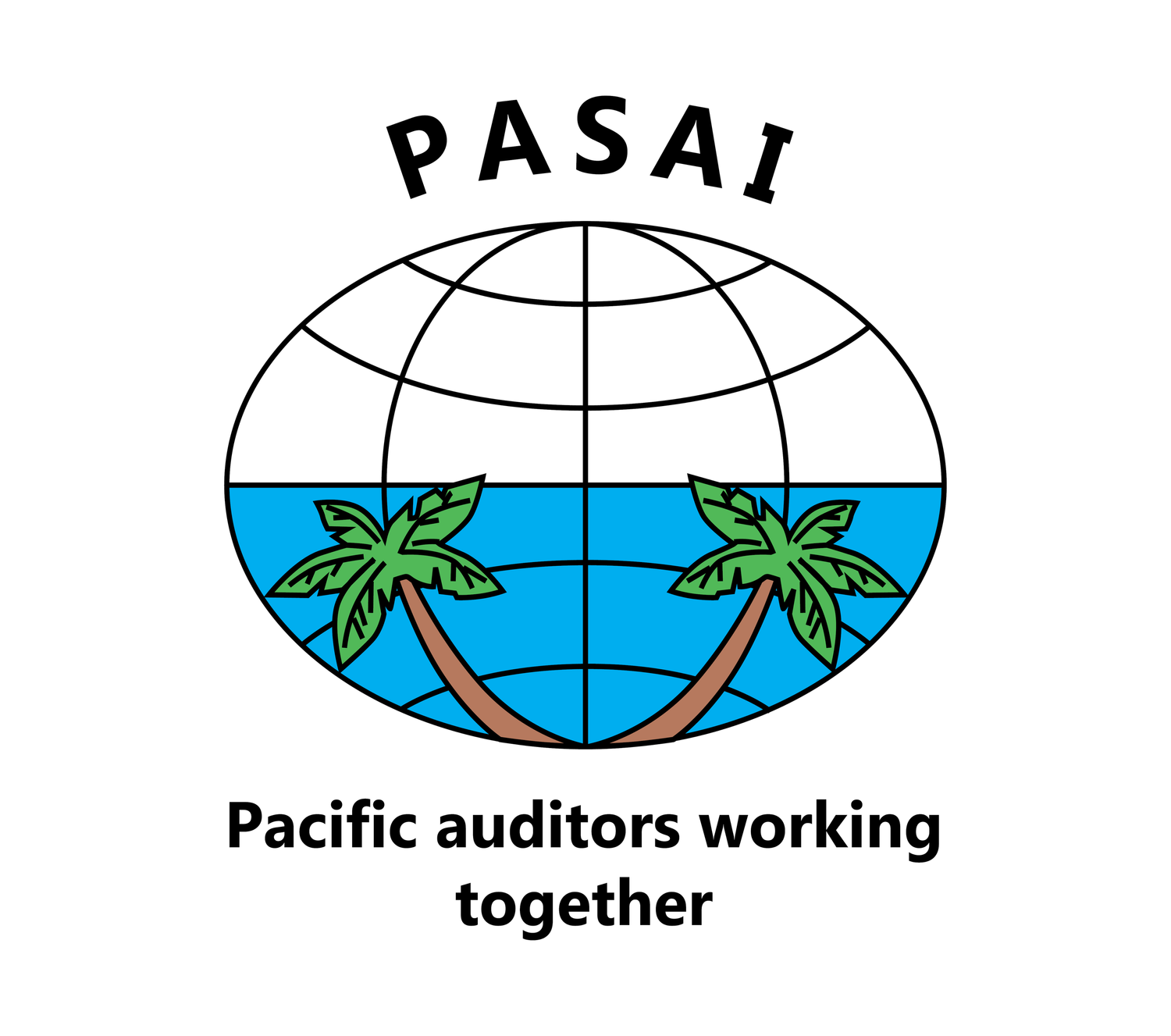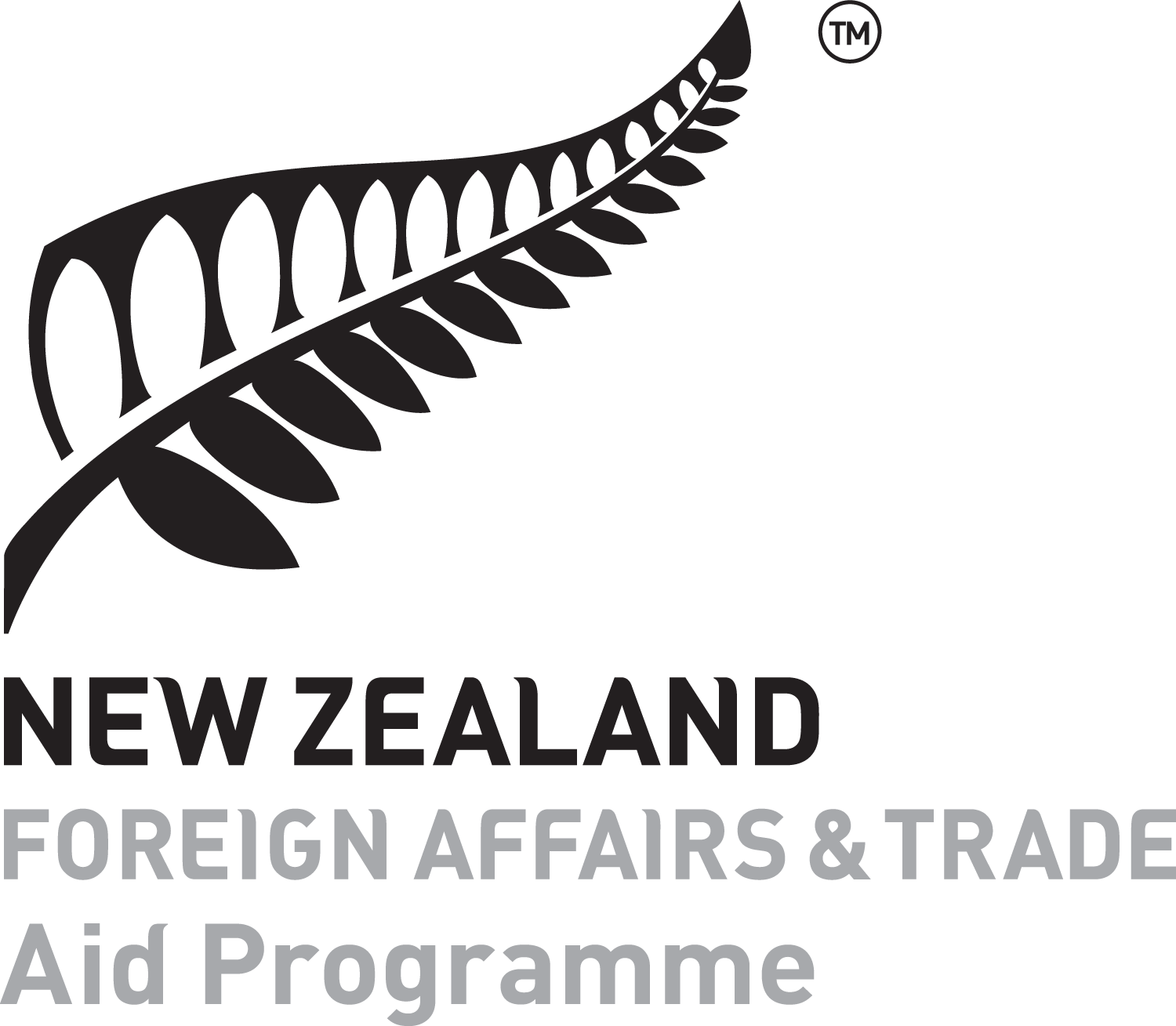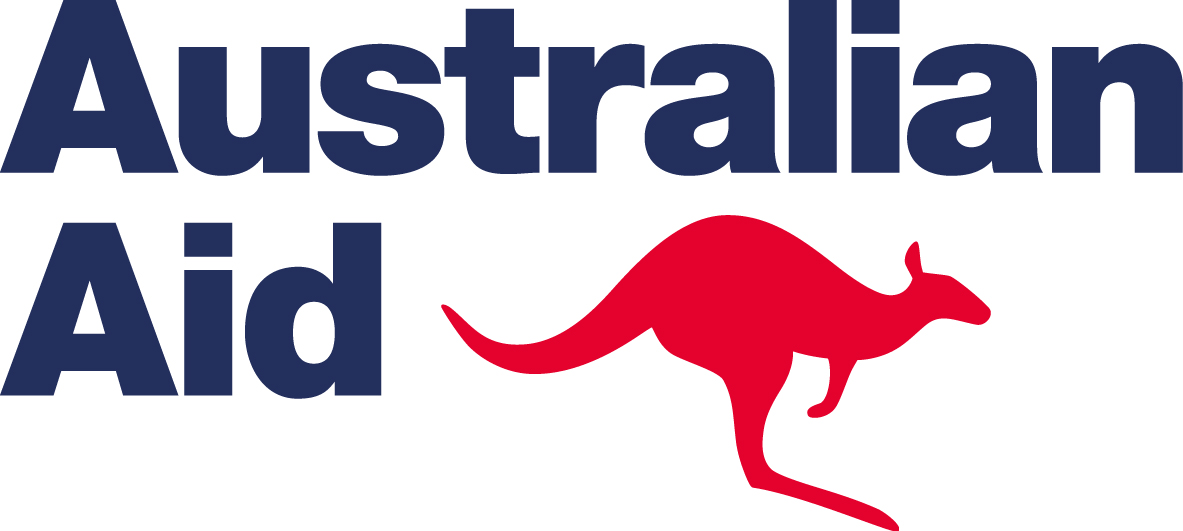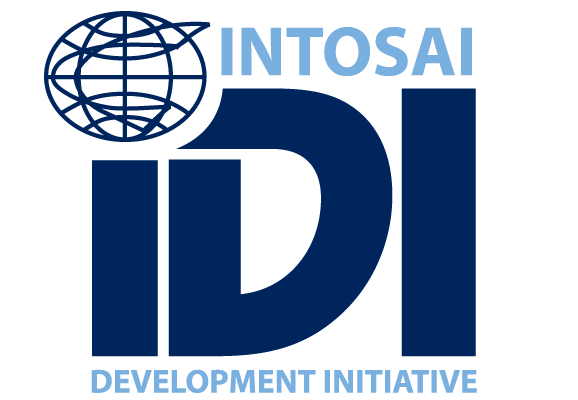The auditor of the future will use data analytics to check data of much larger sets of information from a wide variety of agencies, according to Ben Jiang, Director - Data Analytics in the Victorian Auditor-General’s Office (VAGO).
“It once would have been impossible to analyse all of the transactions of a large agency,” Jiang told CPA Congress in October 2018. “The traditional approach of sampling was necessary in its time but now the volume of transactions is so high that analytics technology has to be the way to go.”
ALGORITHMS FOR DATA ANALYSIS
A major advantage of analytics is that the contributing agencies can provide data in almost any format. Clients lodge their data, usually monthly, through a secure portal.
Jiang’s team has written a series of algorithms to transform the material into a common format for analysis, as well as run checks for completeness. The aim of the algorithms is to streamline processes that were formerly done manually.
The result is a dashboard of aggregated, summarised data relating to each contributing agency. This allows auditors to easily access information and drill down as they need to. The common format allows for easier extraction of data, and also the checking of anomalies and outliers. The analytics program can create “red flags” to draw a matter to an auditor’s attention.
Related: Using data analytics to deliver distinctive experiences to your accounting clients
In the VAGO, the system is still in its development phase. The dashboard system will be used in conjunction with traditional auditing methods for a complete audit cycle. The two methods will then be compared and assessed, and any problems with the analytics methods will be identified and addressed.
The first wave of clients involves 35 agencies across the range of government entities, which includes departments, universities, councils and others. Second and third waves are planned, with improvements to the system being made as more experience is gained.
AUDITORS’ FOCUS ON RISK
“The aim is to free auditors from mechanical tasks so they can concentrate on what they really need – and want – to do, which is auditing,” Jiang says.
“They can focus in on areas of risk that the analytics have flagged, such as classes of transactions. Ultimately, it will allow for better performance benchmarking and resource use as well as auditing oversight.”
To get the most from the analytics system and the dashboards, additional staff training will be needed. While auditors are generally very pleased with the prospect of not having to perform routine data collection, processing and checking, the new system requires some new skills and a different mindset.
Data analytics requires a large amount of computer processing power, so this led to a rethinking of the IT system at VAGO. Safeguards also had to be built into the IT changes to ensure data security.
Jiang notes that the software packages used to design and operate the new system are Microsoft SQL Server, Qlik Sense and Python.
“We are aware that we are writing the rulebook rather than working through an existing one,” he says.
“Especially in relation to performance auditing, I think we are just scratching the surface. And we take the view that analytics is meant to supplement and improve auditing. Analytics is the first post of auditing, and then human experience, insight and judgement take over.”
Source: https://www.intheblack.com/articles/2018/11/07/data-an










